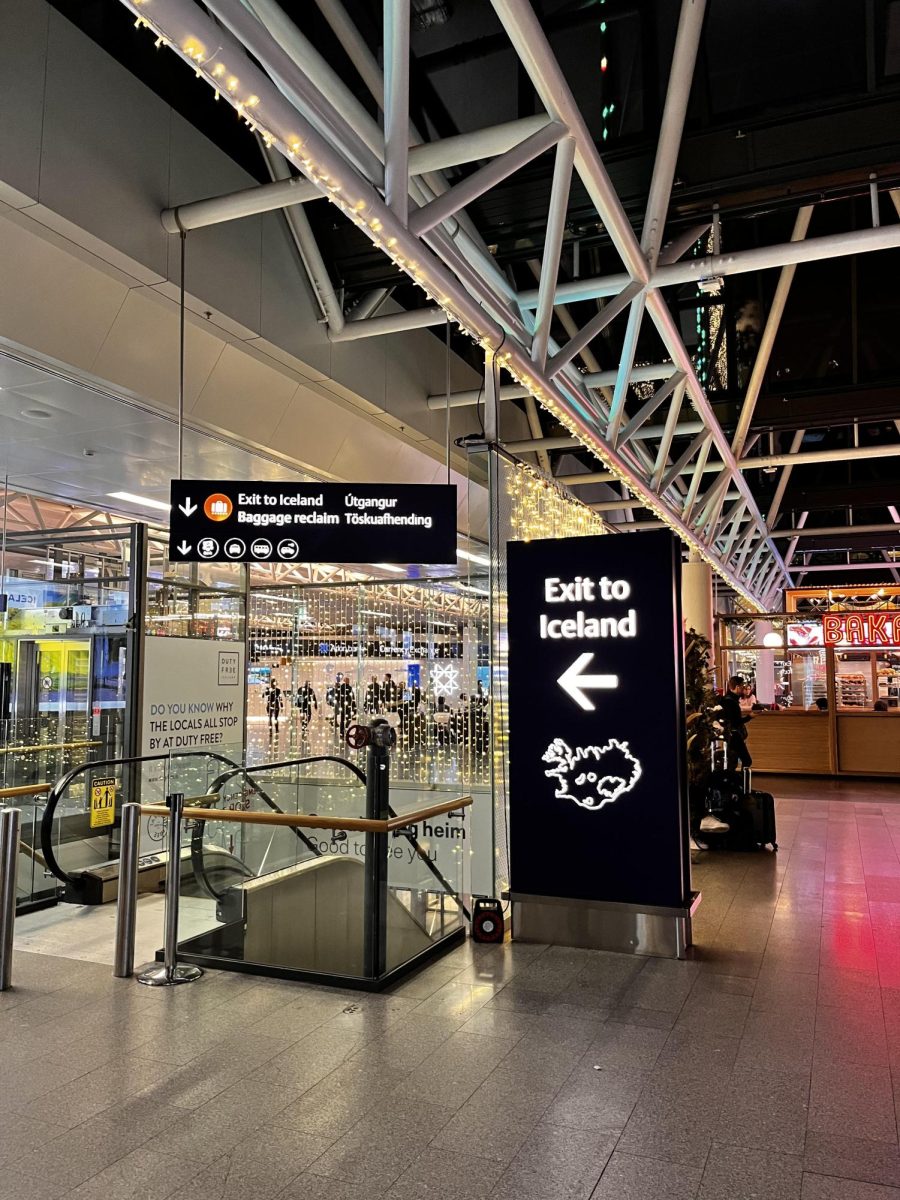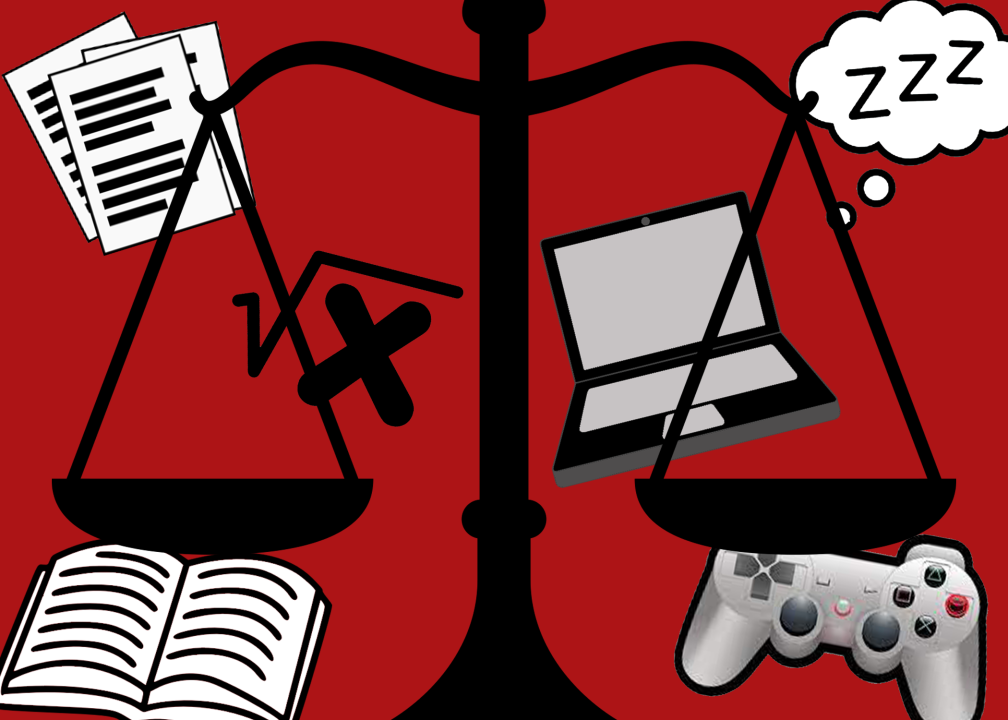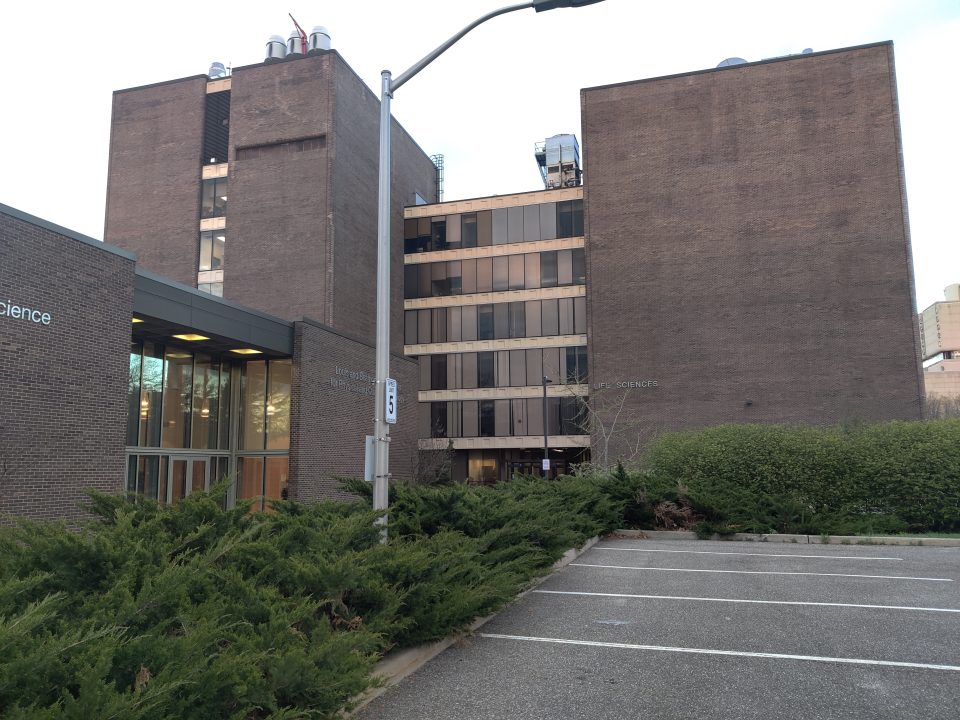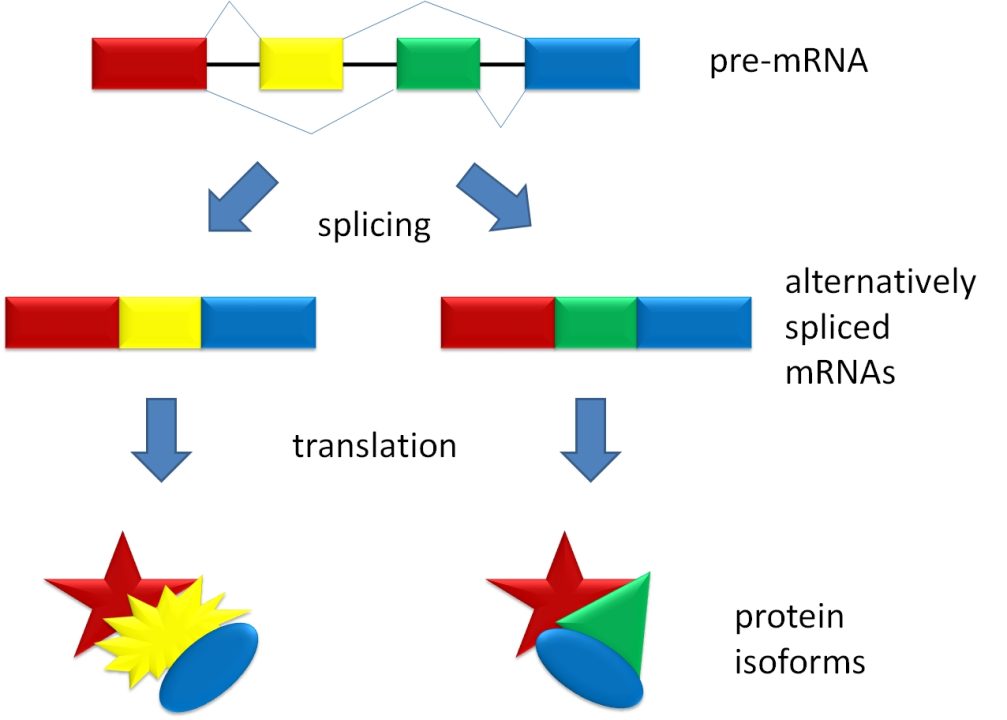
Gerta Mucollari is a junior studying biology.
“We’ll be back in two weeks — max,” was what I told myself as I frantically packed away all of my belongings in a matter of a few hours before leaving campus halfway through the spring semester. Five months later, I found myself canceling my campus housing for the fall 2020 semester. Like any other crisis that is thrown at us, I guess what we have all learned is that our utmost priority in the midst of a pandemic is to stock up on toilet paper… right? Well, at least this is what I remember most prominently when entering the first week of the state shutdown. The rest of it was, and still is, hard to digest and make sense of.
Walking within the walls of my own home became a task of its own. Hand sanitizer bottles greeted me at my front door, reminding me that I had to meticulously disinfect my belongings no matter if they had come in contact with anyone or anything. The days began to unfold one after another – going through one Zoom call after another and standing in front of the TV for only a few minutes at a time, looking at the charts of COVID-19 case-spikes.
As much as the inside of my home felt very separate from what was going on outside, I found myself engulfed in social media more than I have ever been before — a place where the pandemic had taken on a world of its own. I knew the numbers for breakouts not only in the U.S., but also in countries all around the world from endless media threads. I began keeping track of these numbers as if it were single-handedly my responsibility to resolve them.
Outside, it was clear that the city that never sleeps was going into hibernation. Despite there being little to no traffic on and off the sidewalks, the empty streets were discomforting to see. My hometown of Ridgewood, Queens became a ghost town.
Before the pandemic struck, walking down Ridgewood’s blocks would consist of neighbors inviting others on their stoops, speaking different languages and retelling memories from the countries they had emigrated from. They would almost always have a coffee cup at hand as they would share laughs and stories. Although face masks do not allow for much facial expression to be distinguished, it was still easy to tell that many were filled with confusion and fear. The same people who warmed me with their radiating smiles were the ones who became big blurs of muddled faces and masks.
Strangers no longer smiled walking past you, but instead looked down and maybe even held their breaths. With so few people leaving their homes, every interaction people had in public with one another became magnified. There was a time where I reached into my bag on the L train to grab my water bottle, and the middle-aged woman sitting in front of me watched my every move to make sure that when my mask came off, it went back on as soon as I was done.
At the time, I was on my way to Domino Park in Brooklyn. I spend a lot of my time here, and for me, the park symbolizes the progression of the pandemic in NYC. The city at the start of the outbreak had a silent, apocalyptic and unfamiliar atmosphere. The same could be said about Domino Park during this time, which lacked movement. The people who were there were not sitting down and gazing at the sunset over the Williamsburg bridge — a sight all passersby take a moment to stop and take in. Instead, they moved quickly and quietly to wherever it was they were headed.
By July, this park completely contrasted a city that was once the epicenter of COVID-19 in the country, and is home to over 19 million people who collectively fought through the turmoil. Soon enough, the park not only had people sitting down on benches and picnic blankets who were admiring the skyline, but also people who were looking at the bridge upside down from an upward facing dog yoga position. New Yorkers were biking, skateboarding and dining outdoors once again. It is not silent anymore. Though the future of the pandemic remains uncertain, I know NYC will be awake and ready to face what is to come.


















